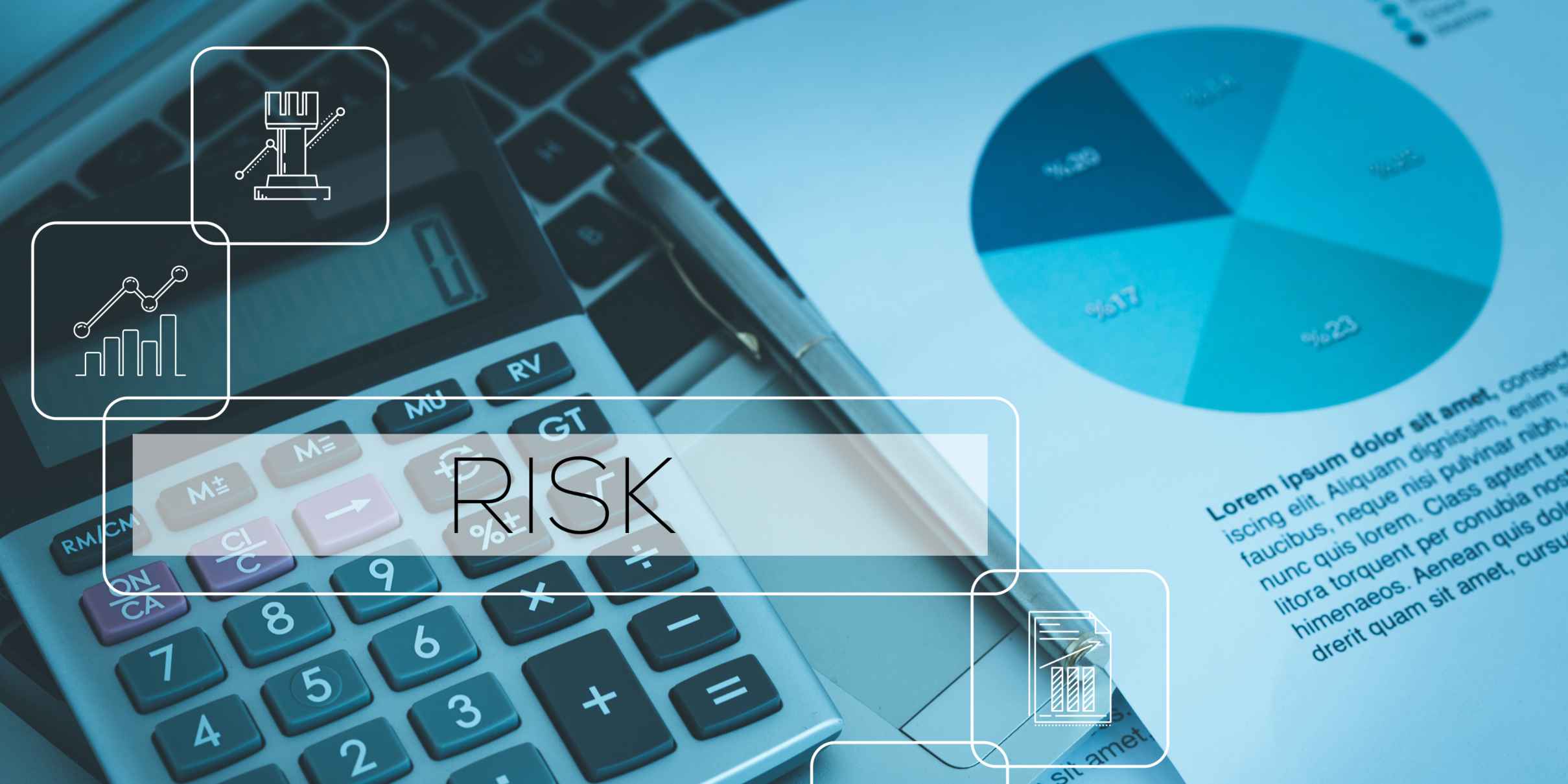Technology keeps evolving—but risk doesn’t wait. And in a climate of complex regulations, cyber volatility, and increased stakeholder scrutiny, your risk assessment tools must keep up.
Governance, Risk, and Compliance (GRC) platforms are no longer just about ticking boxes—they’re how organizations stay resilient, responsive, and ready for whatever’s next. So which tools truly empower your risk teams in 2025? Let’s explore.
Why Risk Assessment Tools Are in the Spotlight
Over the past decade, we’ve seen seismic shifts in how organizations approach risk. Outdated spreadsheets, once the norm, now struggle under the weight of interconnected threats, real-time exposures, and global compliance demands.
Today’s leading institutions—from banks to insurers and healthcare providers—need:
- Continuous risk visibility
- Configurable scoring methods
- Built-in audit readiness
- Integration with compliance and incident data
- Support for qualitative and quantitative risk assessments
What Makes a Great Risk Assessment Tool?
Before diving into platforms, here’s what to look for when evaluating tools for risk assessment:
Comparing GRC Platforms by Risk Assessment Capabilities
Let’s break down how the top platforms approach risk assessment, not just general GRC functionality:
1. CERRIX
Best For: Financial institutions and EU-regulated entities
Strengths:
- Unified Risk & Control Ecosystem:
CERRIX consolidates risk, audit, compliance, and incident data—together with controls and KRIs—into one real-time platform.
- Rich Regulatory Coverage:
Supports GDPR (Article 30 registers), DORA, NIS2, ESG, MiCA, EU AI Act, ISQM, ICFR, and ISO frameworks—designed for European and global compliance.
- Structured Risk Assessment & Scoring:
Offers multi-level taxonomies, quantitative scoring, AI-assisted risk/control description, drag‑and‑drop workflows, and pre-built regulation mappings .
- Tailored Modules for Daily Governance:
Includes modules for real-time reporting, GDPR management, audit, third-party risk, incident handling, and process management—all under one roof
- Enterprise-Grade Security & Assurance:
ISO/IEC 27001 certified, ISAE 3402 Type II verified, and FSQS‑NL registered—suitable for financial services and regulated sectors
- Audit-Ready: Evidence & Traceability:
Combines audit trail, control testing, compliance mapping, and structured evidence with full oversight
- Seamless Reporting & Visualization:
Customize dashboards with Power BI embedding, real-time risk visualization, and automated alerts for stakeholders
Bonus: CERRIX is built around real operational risk logic, making it ideal for risk-first organizations that need clarity and oversight—not just compliance.
2. MetricStream
Best For: Enterprise-wide risk and audit-heavy industries
Strengths:
- Scenario-based assessments and Monte Carlo simulations
- AI-powered continuous risk sensing
- Integrated with cyber, third-party, ESG, and policy risks
- Built-in quantification (financial exposure modeling)
3. AuditBoard
Best For: Internal audit teams, mid-sized organizations
Strengths:
- Risk assessment templates
- Intuitive risk register management
- Role-based workflows and ownership tracking
4. LogicGate Risk Cloud
Best For: Agile teams needing customization
Strengths:
- Drag-and-drop risk workflows
- Fully configurable scoring models
- Integration with compliance and incident management
5. OneTrust GRC
Best For: Privacy-first and AI governance contexts
Strengths:
- Automated policy and risk mapping
- Built-in data protection impact assessments (DPIAs)
- Embedded regulatory libraries
6. RSA Archer
Best For: Complex infrastructure and asset-heavy orgs
Strengths:
- Risk scenario builder
- Cross-enterprise heatmaps
- Historical scoring and trending
Choosing the Right Risk Assessment Tool
Your ideal GRC platform depends on your organization’s needs. Ask:
- Do you need heavy customization or ease of deployment?
- Is qualitative assessment sufficient, or do you need quantification too?
- How critical is dashboarding and stakeholder visibility?
- Are you managing complex regulatory environments like GDPR or ECB?
If your goal is to move beyond compliance checklists and embed risk-based thinking into decisions, CERRIX offers a focused, highly adaptable platform built specifically for this transformation.
The best GRC tools don’t just help you tick boxes—they guide smarter decisions. In 2025, where risks evolve by the hour, platforms like CERRIX give leaders the visibility, structure, and agility to act with confidence.
Want to see the CERRIX risk assessment module in action?
Book a demo today and discover how your risk maturity can evolve in weeks.
Spreadsheets vs. GRC Tools: Elevating Risk & Compliance Management
Accessible popup
Welcome to Finsweet's accessible modal component for Webflow Libraries. This modal uses custom code to open and close. It is accessible through custom attributes and custom JavaScript added in the embed block of the component. If you're interested in how this is built, check out the Attributes documentation page for this modal component.


.jpg)
%20(1).jpg)
.jpg)
.jpg)
.jpg)
.jpg)
%20(1).jpg)
.jpg)
%20(1).jpg)
.jpg)
.jpg)

.jpg)
.jpg)




.jpg)

%20(2).jpg)
















%20(1)%20(2).jpg)





.jpg)

.png)
.jpg)






%20(1).avif)



